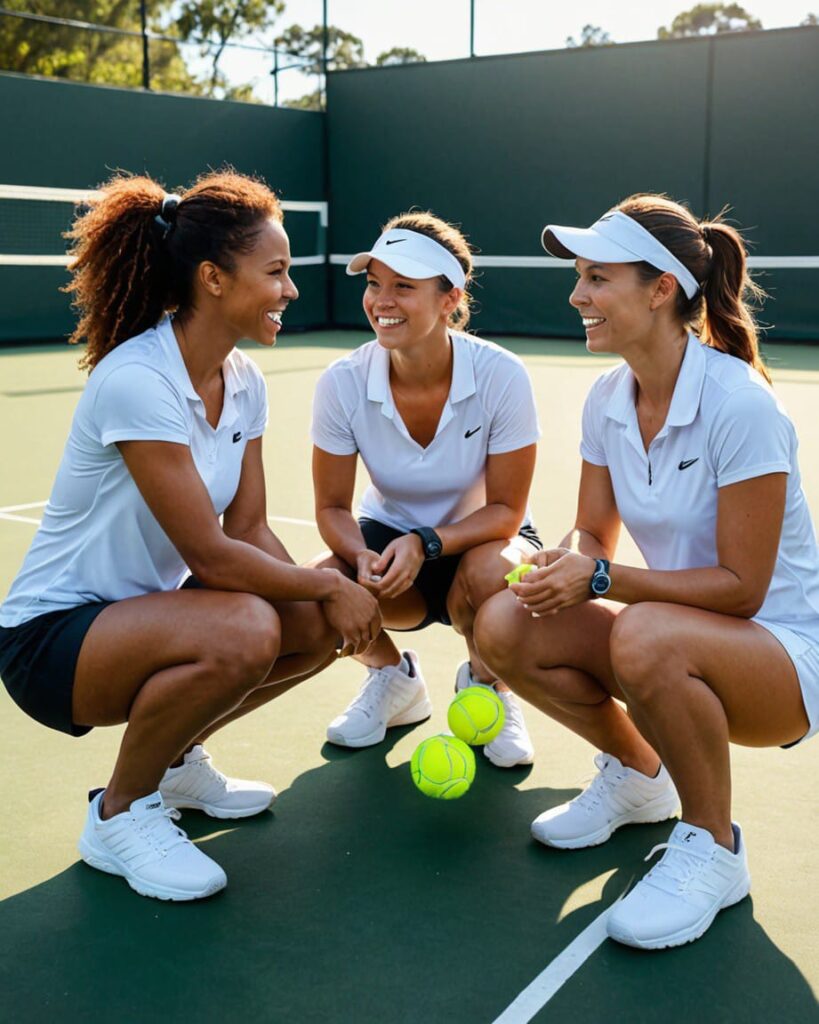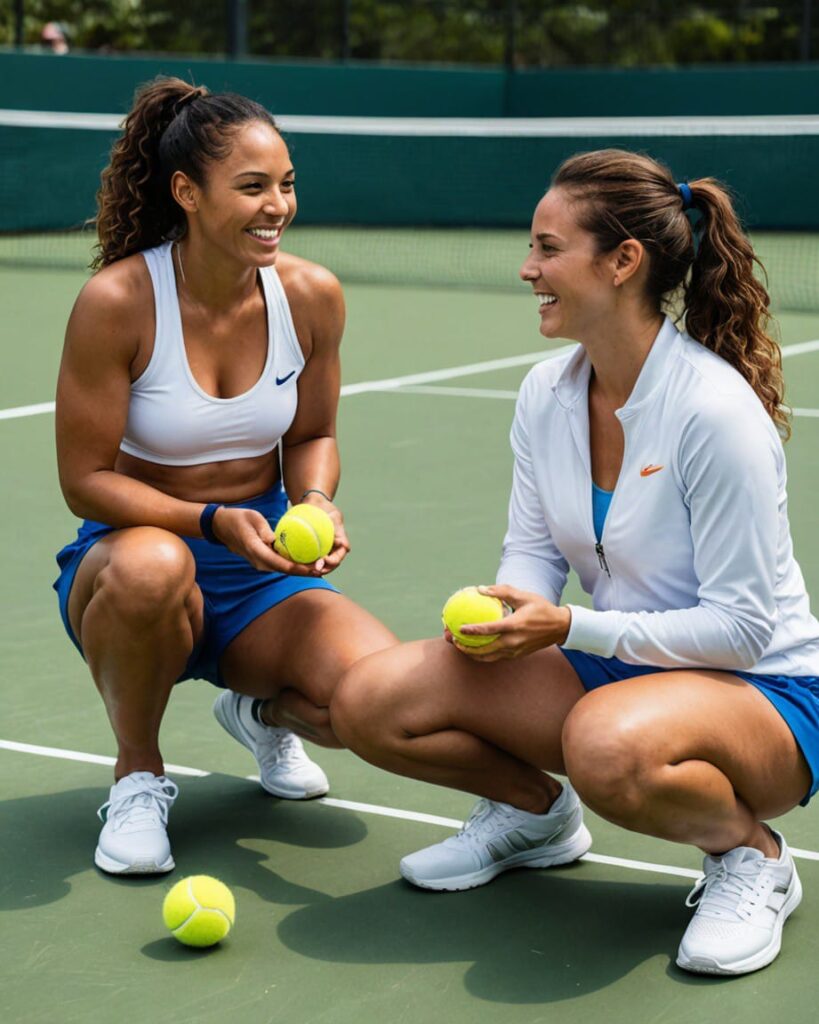💤 Introduction
Whether you’re an elite athlete or weekend warrior, we all know—performance isn’t just built on the field; it’s built through recovery. Orderly recovery tactics enable athletes to heal, refuel, and return to top form both psychologically and physically. But as we move into 2025, nascent approaches—from smart nutrition and wearable devices to mental health tools and cryotherapy—are redefining the way we bounce back stronger.

- Sleep & Circadian Recovery
Get good sleep: Strive for 8–10 hours of quality sleep each night. Slow-wave and REM sleep are needed for hormone regulation, muscle and tissue repair, and memory.
Keep sleep hygiene: regular bedtime/getting-up time, dark room, cool room, and blackout curtains.
Nap wisely: A 20–30 minute nap midday can increase alertness without disrupting nighttime sleep.
- Nutrition & Hydration
Post-workout refuelling: Consume a 3:1 carb-to-protein ratio within 30-60 minutes after exercise to replenish glycogen stores and support muscle protein synthesis.
Real food power: Lean proteins, complex carbohydrates, good fats, and a spectrum of colourful fruits/veggies provide essential amino acids, antioxidants, vitamins, and minerals.
Hydration strategy: Replenish fluids with electrolytes—sodium, potassium, and magnesium—particularly after sweat-drenching workouts. Preweighing and postweighing assist in the assessment of fluid deficits.
Anti-inflammatory nutrients: Omega-3s, tart cherry juice, turmeric, and ginger can reduce exercise-induced inflammation and enhance recovery.
- Active Recovery & Mobility Work
Low-intensity exercise: Jogging, cycling, or swimming lightly 2–3 times a week can increase blood flow and relieve sore muscles.
Mobility protocols: Quick dynamic stretching and specific foam rolling assist in keeping range of motion and preventing stiffness.
Self-myofascial release: Compression products, massage guns, and manual therapy can help to loosen muscle knots and get the blood flowing.
- Modalities & Technologies
Cold therapy: While the timing (post workout) continues to be debated, ice baths (10–15°C for 10–15 min) may help reduce inflammation and pain.
Contrast water therapy: Fluctuating between hot (38–40°C) and cold (10–12°C) water baths has been proposed to enhance circulation and recovery.
Compression: Wear graduated compression tights or boots to increase lymphatic drainage, minimise swelling, and help you get rid of metabolic waste.
Percussive massage: Massage guns use localised vibration to encourage blood flow and loosen tight muscles.
EMS/TENS units: Electrical stimulation can help engage muscle fibres and reduce soreness.
Pulsed electromagnetic field (PEMF): Use of mats or coils that emit PEMF signals to decrease inflammation and speed the healing process—increasingly popular in elite sports.

- Advanced Recovery Tools
Wearables for recovery (such as smart rings/watches) monitor HRV, sleep stages, and stress to indicate recovery status.
Float tanks & sensory deprivation: Lack of the positive effects of being in zero-G and promoting reduced cortisol levels, relaxation, and mental recharge—well, not in a float tank.
Red light therapy: Otherwise known as photobiomodulation, red/near-infrared light increases cellular energy production, decreases inflammation, and promotes tissue repair.
Hyperbaric oxygen therapy (HBOT): Heads into pure oxygen under pressure; may improve tissue healing, but the cost and limited availability relegate this to a professional-only tool.
- Mental & Emotional Recovery
Mindfulness and meditation: Practices such as guided breathing or apps can reduce stress and improve sleep.
Imagery techniques: Rehearsing skills and competition in your mind helps to improve performance and state of mind.
Social & emotional check-ins: Allowing our students peer support, mentorship, and debriefing helps keep burnout at bay and motivation and mental health in check.
- Periodization & Programming
Planned recovery periods: Incorporate “recovery microcycles” (lesser-intensity weeks every 3–6 weeks) and deloads planned into cycles of training.
Personalised recovery: Age, training load, injury history, sleep, stress, and objective wellness levers enable tailor-made recovery planning.
- Assessment & Metrics
Daily notes: How are sleep quality, soreness, mood, energy, stress, and training load?
Monitoring HRV: A high HRV often means you’re ready; a precipitous drop could mean you’re tired or sick.
Performance screening: Performance and spinning-turning testing can be used to assess readiness and recovery changes.
DOMS: If the soreness is the good kind: Delayed onset muscle soreness is par for the course. But if it’s the bad kind, that might be telling you to take it down a notch or to rehab an injury.
🧩 Integration: Factoring It All Into Place
The recovery ecosystem of the future—as embraced by elite squads and athletes in 2025:
Pre-workout: Dynamic warm-up (light, you’re not training glutes today) Hydration Caffeine (if needed).
Post-workout: Cool-down, nutrition, foam roll.
Evening: Wind down (meditation or gentle stretching), solid sleep routine.
Tracking: Wearables track HRV, sleep, and stress daily.
Weekly: Ice bath (or contrast therapy) + compressions.
Occasional: Get a massage, PEMF, float tank, or HBOT as necessary.
These layered systems are not only ideal for a post-workout recovery but also comfortable enough to wear while exercising.
❓ Frequently Asked Questions
Q1: What is the length of time full recovery takes?
It’s all relative to intensity and type: light training 24–48 hours; strength sessions 48–72 hours; high-volume endurance up to a week or more. Active recovery can help speed this up.
Q2: Are ice baths necessary?
When it comes to inflammation, they do help some athletes—at least in reducing inflammation and soreness, particularly early in recovery. However, both the timing of the treatment and the patient’s response are important factors; warm contrast baths can also be equally beneficial.
Q3: Can the massage gun replace a professional massage?
Massage guns provide targeted release and the advantage of convenience, but they don’t entirely take the place of hands-on therapy either. They are a useful complement, not a replacement.
Q4: How about HRV and recovery?
HRV represents the dynamic balance between the sympathetic and parasympathetic excitatory systems. A higher HRV generally means more recovery ability and readiness to train.
Q5: How crucial is recovering mentally?
Crucial. Mental stress delays physical recovery. Cortisol can be mitigated with meditation, visualisation, recovery days, and support on an emotional level to help support the motivation and the performance.
✅ Conclusion
Recovery isn’t just rest—it’s an active, data-informed process with an armful of pillars. This is the reality in 2025, where athletes are using science-backed tools—sleep optimisation, balanced nutrition, mobility, targeted modalities, mental wellness, and recovery tracking to break the recovery barrier and outpace the need to recover. The best athletes understand that how you recover is how you’re going to perform. Taking the time to recover will help unlock consistent gains, prevent injury, and achieve your peak fitness across all seasons.